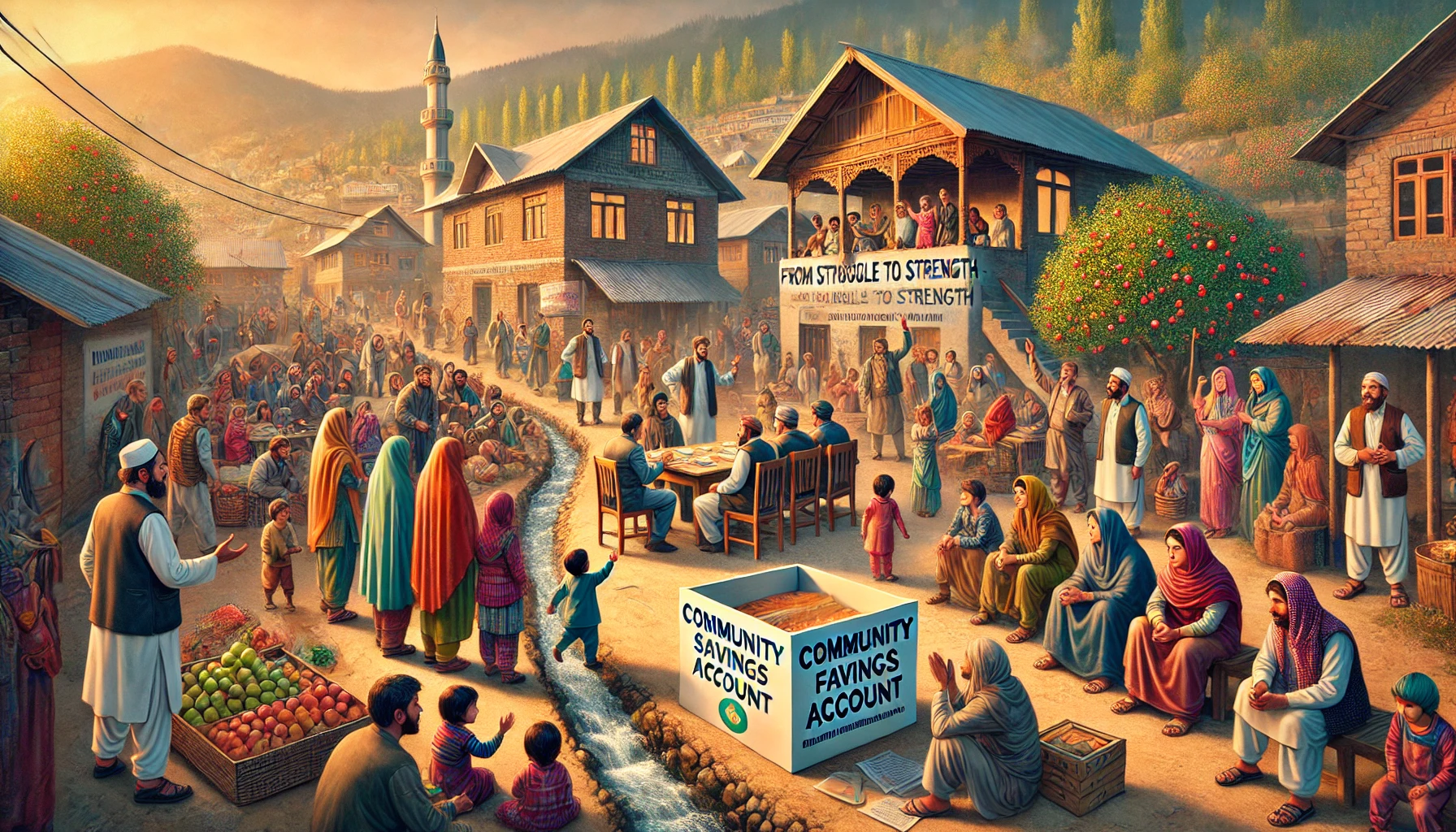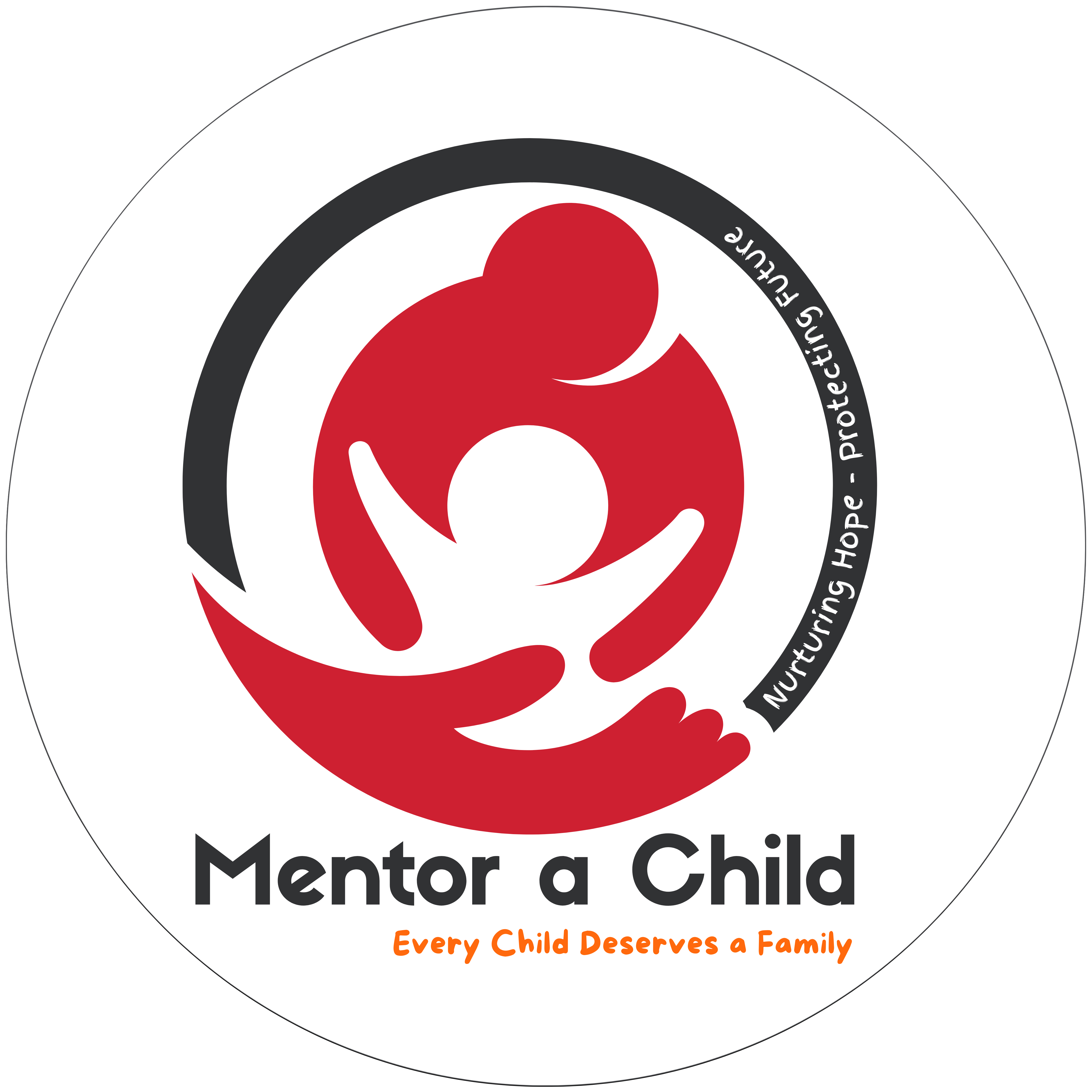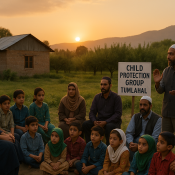
From Struggle to Strength – A Model for Child Welfare
Executive Summary
The seven kilometers stretch between the town center and Pulwama district main town would be hard to recall without reference to Tumlahal village-a model community transforming from a fighting settlement into the exemplar of child welfare community. This case study is focused on how, under the collaborative support of HWVO with UNICEF, grassroots engagement along with innovative solutions contributed to such phenomenal transformation.
Background
Community Profile
Population: 1,657 residents across 251 households
Primary Economy: Agriculture and apple production
Initial Literacy Rate: 51%
Location: 7 km from Pulwama town
Initial Challenges
The village faced significant hurdles in child welfare, with low literacy rates indicating deeper systemic issues affecting children’s development and future prospects.
Intervention Strategy
Phase 1: Community Engagement
HWVO initiated a comprehensive stakeholder engagement process, bringing together:
Local leaders
Field workers
Auqaf members
Baitul maal members
This collaborative process resulted in setting up a gender-balanced Child Protection Group (CPG) consisting of five men and five women.
Stage 2: Sensitisation
The treatment entailed socialising the community through:
Child protection policy
Children’s rights
Alternative care options
What the Juvenile Justice Act has to offer
Available welfare systems by the government
Mindset of children’s mental health
Stage 3: Innovative Solution – The Child Fund Account
A much-needed innovative step was taken with the opening of a Community Child Fund Account. After much resistance, consistent campaigns made the idea acceptable to the community and high participation ensued. This savings model became a core basis for child welfare support in Tumlahal.
Effects and Its Impact
Short-term Effects
Functional Child Protection Group
A sustainable community-based welfare system
A child was sponsored by one sponsor on a monthly basis for Rs 1,000
Long-term Effect
Expansion to care for four vulnerable children via CFA
Technical training of CPG members to improve their capacity
Development of local capacity in child rights and protection law
Development of a watchful community-based monitoring system
Success Factors
Community Ownership
The success of the project was, to a great extent, anchored on the community’s gradual yet total ownership of the initiative. This was expressed in:
Financial input
Participation in decision-making in issues related to the welfare of the child
Child protection monitoring and reporting
Sustainable Structure
Formal structures created ensured long-term sustainability.
Regular CPG meetings
A structured mechanism of financial support
Continuous capacity building programs
Lessons Learned
Community-based approaches can work on complex social problems
Sustained engagement and awareness building can overcome initial resistance
Financial mechanisms need to be locally owned and managed for sustainability
Gender balance in decision-making groups improves effectiveness
Regular capacity building ensures that the program keeps evolving
From the case study of the Tumlahal village, it is clear that if community-led child welfare activities are empowered with a combination of local wisdom and structured support mechanisms, a model for sustainable protection of children can be developed to be scaled up in similar areas. The success of this initiative reinforces the very old saying that it surely “takes a village” to care for its children.




